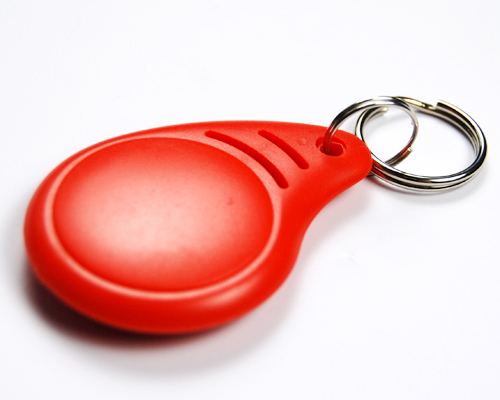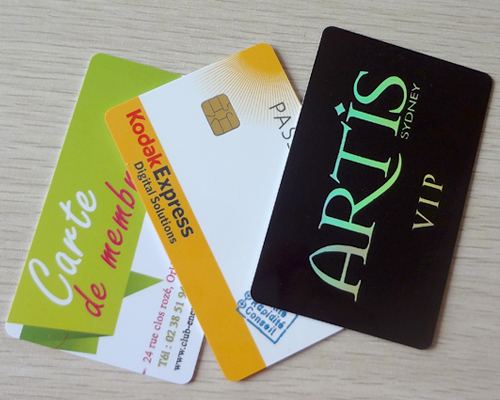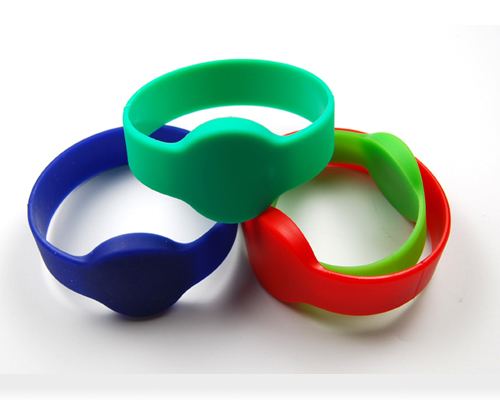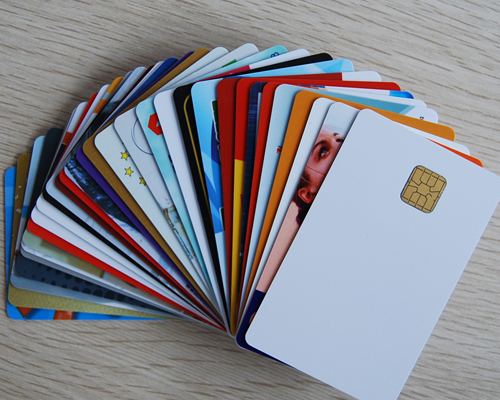Radio Frequency Identification (RFID) technology has been in existence for many decades but it is only now that RFID is being increasingly used in many different applications – and the list is growing.
Quite simply, RFID is a technology that uses tags to receive and transmit radio signals to readers/interrogators that pick up the signal. The tags contain antennas to enable them to receive and respond to radio-frequency queries and an electrical transponder, which stores information that can be used to identify the item to which it is attached.
There are two main tag technologies Active and Passive. Active tags have a power source, typically a battery. They are normally relatively expensive. Passive tags receive power when they move into a radio field generated by the reader; this technology is cost effective when compared to active tags.
There are many benefits of using RFID technology over the bar coding. RFID tags contain a read-write option which means that data stored on a RFID label can only be read or modified by authorised users. There is no limit to the data capacity of an RFID tag, whereas a barcode is restricted to 50 bytes and RFID tags can be read again and again and again, with an expected lifetime of up to 10 years.
There are no tight controls on where an RFID tag should be positioned. Unlike barcode labels, which need to be read automatically and must adhere to standard positioning, the only requirement for the RFID tag is that it must be within the field of the reader and not blocked by metals or water. There is the added benefit that the reader can read numerous tags at the same time. Add to this the fact that RFID tags are not only robust, they are very secure.
So, it is not surprising that RFID technology is currently used for asset, document and software tracking, but it doesnt have to stop there. There is huge potential for RFID technology to be used in patient and people tracking, within the supply chain, in retail and in manufacturing. E pedigree, pharmaceutical, event ticketing and airline baggage tagging will also see business benefits.
When used for tracking assets RFID can greatly reduce the loss or misplacement of goods, minimise shrinkage and provide additional security for tagged items. By pairing the asset to its owner and or a location, the RFID tag can send instant alerts if an asset is moved out of a location without its owner, or moved to a prohibited location. The tag provides not only an audit trail of asset movement but also availability. And, the use of RFID tags for document tracking greatly reduces the time spent searching for books or documents. It can be used to identify items that are misplaced or not stored appropriately, thus improving the organisation of documents, materials and files. The system can automatically generate audit trails which include the movement of materials and usage rates. This can be combined with check in /check out systems which track time and usage of specific books and materials. The use of RFID increases security for sensitive materials and can be used as additional authentication.
There are some serious business benefits for implementing RFID technology cost reduction, improved efficiency and better visibility of product. So just why are businesses stalling when it comes to use of RFID tags? It all comes down to price. Traditionally the prohibitive cost of implementing RFID was due to the costs of the tags and it is those high costs that have been blamed for holding back the use of RFID by Small and Medium sized Enterprises (SMEs).
The cost of RFID tags is largely dependent on volume, the amount of memory and packaging, a 96-bit EPC (Electronic Product Code) tag embedded in a thermal transfer label on which companies can print a bar code, typically costs US 40 cents (22p) or more. (RFID Journal*). Although the RFID Journal has projected that the RFID tag price will come down to 16 cents (9p) by 2008.
A new technological breakthrough from TOSHIBA will help make this financial target a reality. Until now, RFID tags have had to be inserted behind self-adhesive labels to meet the requirements set by major government organisations, retail chains and logistics-related enterprises. The TOSHIBA SX-series of barcode label printers are the only printers in the world that are able to successfully print label information straight onto RFID tags. This major technology breakthrough for RFID tag vendors brings a practical solution to market that combines TOSHIBA quality and innovation with cost-effective, high-volume RFID tag production. This new engineering process known as SPRINT (Short Pitch RFID Encoding Technology) is a customer-driven solution for RFID-mandated suppliers.
Enterprises using SPRINT will be equipped with a next-generation application infrastructure combining TOSHIBA B-SX barcode printers with low-cost RFID tags, for low-volume SME needs, as well as large volumes for international organisations. With costs rapidly reducing RFID will start to become a seriously attractive business proposition.
TOSHIBA Europe, which handles the customer-specific configuration of every laptop destined for the EMEA region, has implemented an RFID system at its plant in Regensburg, Germany. The system uses TOSHIBA TEC B-SX4 label printers and UPM Raflatec RFID tags which are coupled to an RFID reader from ADT Security/Tyco.
The Regensburg plant, one of the largest plants in Europe had suffered from severe congestion in its warehouses individual pallets containing 36 laptops were brought in by truck and stored, handling staff then scanned each individual laptop, resulting in 36 scans per pallet and warehouse bottlenecks. The introduction of the RFID system has allowed pallets to flow continuously through a single RFID gate with the entire content of each pallet scanned and booked in a single movement before it is stored for further processing. The new solution will dramatically reduce the problem of congestion and it is hoped increase worker productivity by an estimated 57 percent.
The Regensburg facility revealed that the end of 2006 saw its average throughput of configured and ready for shipment laptop PCs increase from 9,500 to 15,000 units per day. Toshiba anticipate an expected peak throughput capacity of up to 30,000 units per day using nearly 4 million RFID tags per annum.
“Toshibas solution clearly shows the benefits which item level RFID can bring to the supply chain of fast moving, high value items. We are saving time 90 percent of the time we spent before and it has allowed us to use warehousing storing positions in a much more efficient way. Importantly, we have removed the necessity of double handling and delays in product availability. said Gerd Holzhauser, Manager EMEA ENG QE at Toshiba Europe.






